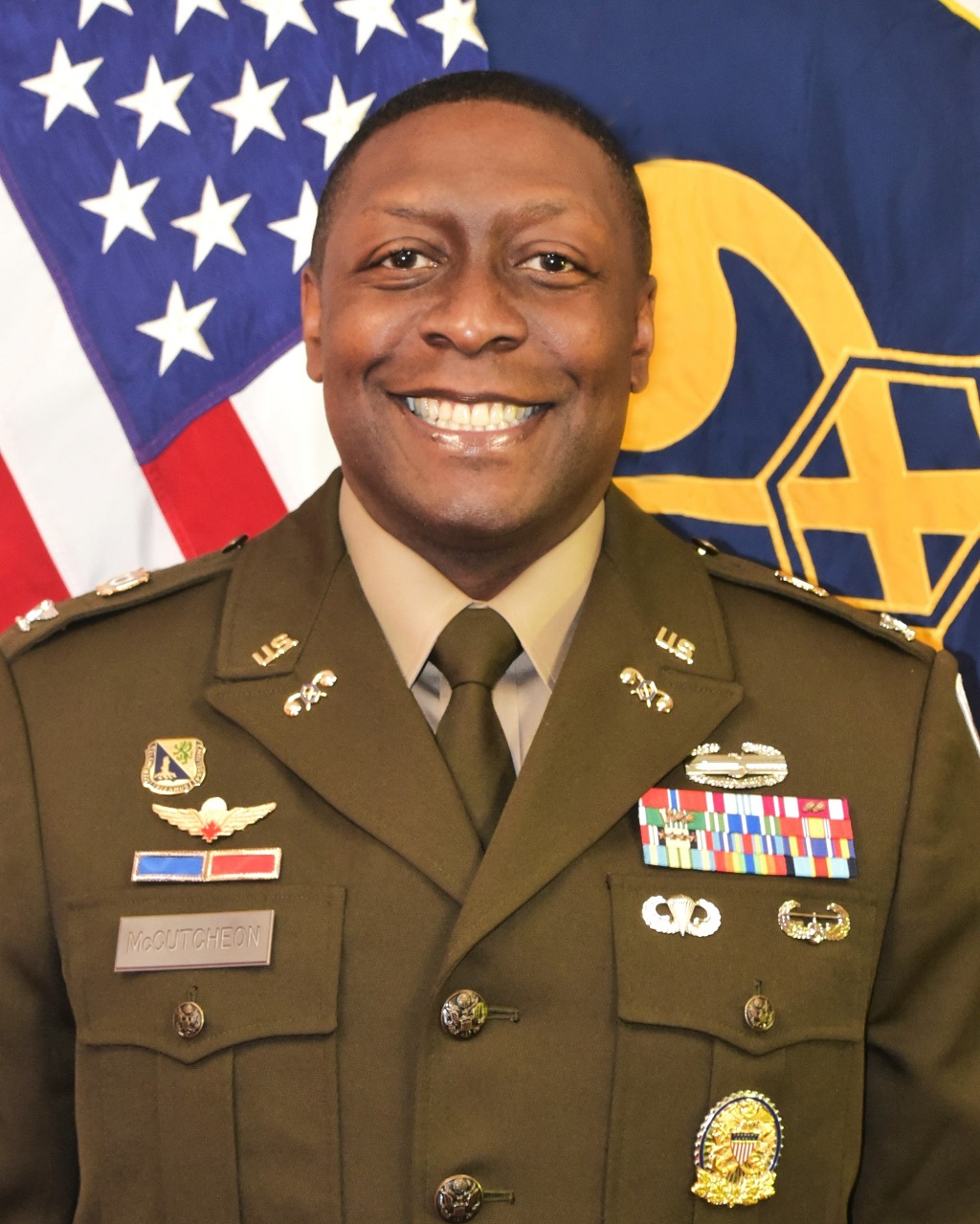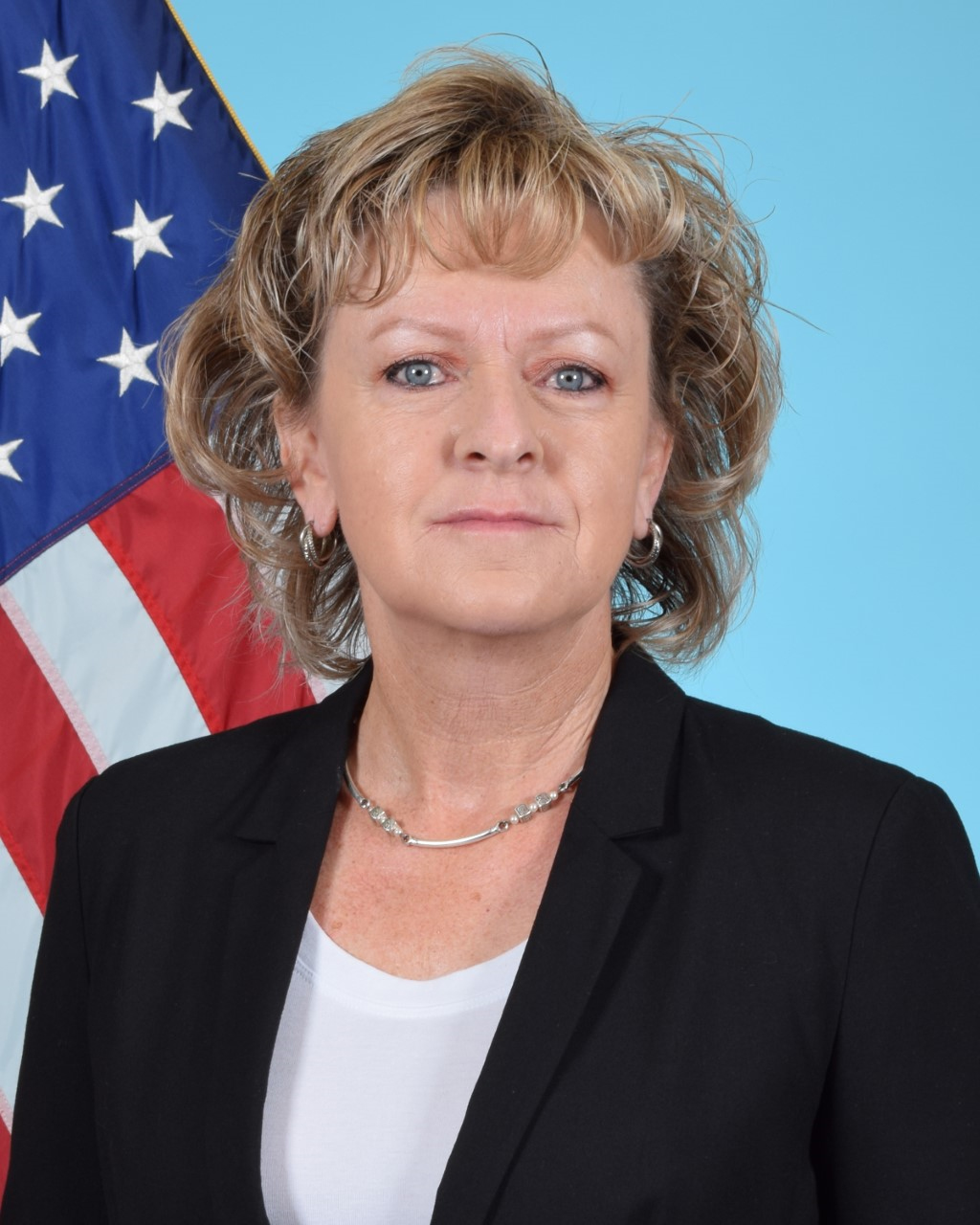COL Christopher A. Grice
Commander
U.S. Army Pueblo Chemical Depot
COL Christopher A. Grice assumed command of PCD June 29, 2017. A native of Galesburg, Illinois, COL Grice enlisted in the Illinois Army National Guard in 1989. He earned a Biological Sciences Degree from Southern Illinois University and a commission as a Chemical Officer in 1995. After attending the Chemical Officer Basic course at Fort McClellan, Alabama, he was assigned to Fort Bragg, North Carolina, as the Chemical, Biological, Radiological and Nuclear (CBRN) Officer, then as Support Platoon Leader for the 1-321st Field Artillery Regiment (Airborne). He attended the Jumpmaster course and earned the Senior Parachutist badge.
He was assigned as Brigade CBRN Officer for the 18th Field Artillery Brigade (Airborne). After the Chemical Officer Advance course at Fort Leonard Wood, Missouri, and CAS3 at Fort Leavenworth in 1999, he served as an evaluator for the CBRN capability of the Royal Saudi Land Forces in Riyadh, Saudi Arabia. In 2000, he was the CBRN Officer for 2nd BDE, 1st Armored Division in Baumholder, Germany, and deployed to Kosovo as part of Task Force Falcon. He then was selected to command the 69th Chemical Company in Hanau, Germany, and deployed the company to Iraq in support of Operation Iraqi Freedom in 2003.
In 2004, COL Grice returned to Fort Leonard Wood, Missouri, as a Small Group Instructor and became the Chief of Officer Training at the CBRN School in 2005. He earned a Master of Science Degree in Environmental Management from Webster University in 2006. In 2007, COL Grice was assigned to the 110th Chemical Battalion (Technical Escort) at Fort Lewis, Washington, as the Battalion Executive Officer, then Operations Officer (S3). He was assigned to Washington, D.C., in 2009 as the Counter-proliferation Branch Chief for the Joint Staff J5 Plans and Policy Directorate. In 2010, he was selected as the Deputy Executive Assistant to the Director of the Joint Staff. In 2012, COL Grice commanded Blue Grass Chemical Activity at Blue Grass Army Depot, Kentucky. He was selected to attend the War College at the Joint Advanced Warfighting School and earned a Master of Science Degree in Joint Campaign Planning and Strategy from the National Defense University in 2014. His last assignment from 2015 to 2017 was in Seoul, Korea, as the Deputy Chief, U.S. Plans for United States Forces Korea.
His awards and decorations include the Bronze Star Medal, Defense Meritorious Service Medal, Meritorious Service Medal (2nd Oak Leaf Cluster), Army Commendation Medal (with OLC), Army Achievement Medal (with OLC), Joint Meritorious Unit Award, Army Reserve Component Achievement Medal, Kosovo Campaign Medal, Iraq Campaign Medal, Global War on Terrorism Service Medal, Humanitarian Service Medal, NCO Professional Development Ribbon, Army Service Ribbon, Overseas Service Ribbon (Numeral 2), NATO Medal, Joint Chiefs of Staff Identification Badge and the Senior Parachutist Badge. His foreign awards include the German Armed Forces Efficiency Badge.


